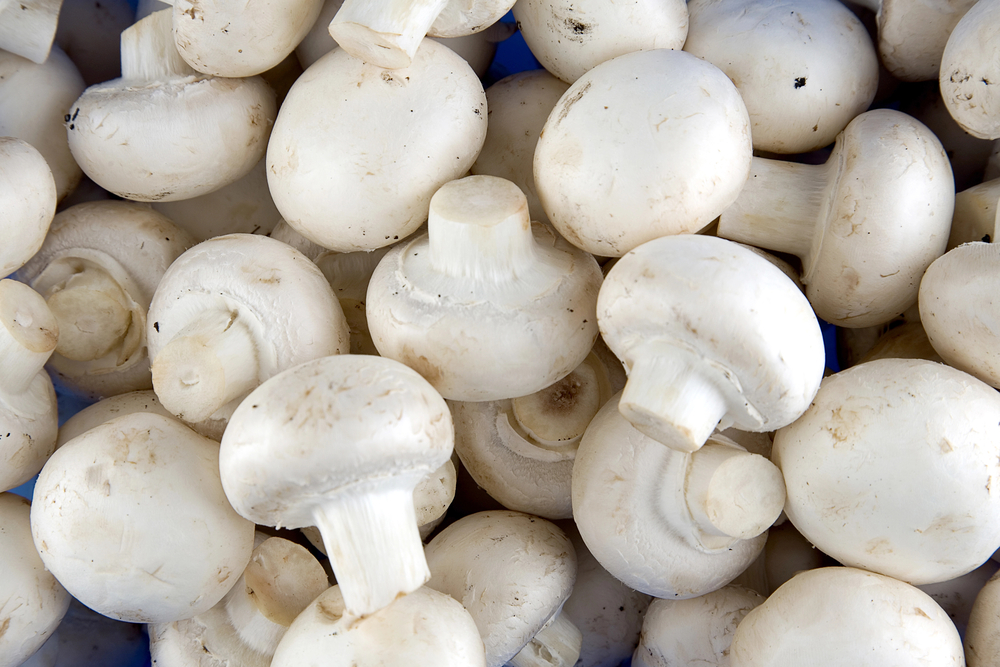By Brigitte Rodriguez, Publishing Associate: Researcher & Writer for Save The Water™ | July 01, 2024
It’s known that there are many drawbacks to water pollution. In the fight against this type of contamination, nature offers mushrooms. Mushrooms are natural organisms (fungi) that purify water by breaking down pollutants. In this article, we will learn about the application of these fungi to one of the most critical environmental challenges.
The Science Behind Mushrooms
Mushrooms are an important food source. These fungi have antioxidant, anti-inflammatory, and anticancer properties. While mushrooms can be used for medicinal purposes, they can also break down harmful substances in the environment. For instance, they can be applied for bioremediation and water treatment.
Applications of Mushrooms in Water Treatment
A recent study indicates that white mushrooms (Agaricus bisporus) can potentially remove many substances (antipyrine, bentazon, caffeine, carbamazepine, among others) from water. This remarkable capacity is attributed to the oxidative enzymes (such as Lignin peroxidase) produced by this fungus, allowing efficient decomposition of organic matter.
Scientists tested the ability of the spent mushroom substrate (SMS) and mushroom tea to remove eight different organic micropollutants (OMPs) from aqueous solutions. SMS is the soil-like substance left over after the harvest of a mushroom crop. SMS and SMS tea samples were prepared, homogenized, mixed with the OMPs, and incubated. The samples were analyzed by liquid chromatography coupled with mass spectrometry to measure the removal of organic microorganisms.
The results were impressive. The leftover waste (SMS) was more effective in removing the pollutants from water than SMS tea. It removed 10% to 90% of the organic micropollutants, whereas the mushroom tea only removed 0% to 26%.
In addition, an article about industrial wastewater has confirmed the use of White Rot Fungi (WRF) to remove water pollutants. Specifically, WRF can remove heavy metals by absorbing industrial contaminants that conventional treatments (adsorption, coagulation, flocculation) can’t effectively eliminate. However, there is a challenge in scaling this type of treatment from prototype to industrial level. This is because the activity of the enzymes varies depending on the substrate.
Advantages of Using Mushrooms for Water Treatment
There are several advantages to this kind of treatment:
- Low cost
- Natural and ecological solution
- Versatile application
- Low impact on the environment
- Innovative idea
- Easy to adapt
Future Prospects
Researchers have made huge progress in removing toxic substances from water through mushroom technology. Moreover, further studies are planned to remove forever chemicals (PFAS) and dyes from water. These promising results have led to significant interest and investment in this field, highlighting its benefits and applications.
This technology has great potential, but further research is needed. Several start-ups are betting on the biodegradation power of fungi. Furthermore, 139 startups that deal with mushroom research have raised over $2.5 billion. This means that companies are committed to researching and looking for innovative solutions to protect drinking water resources.


